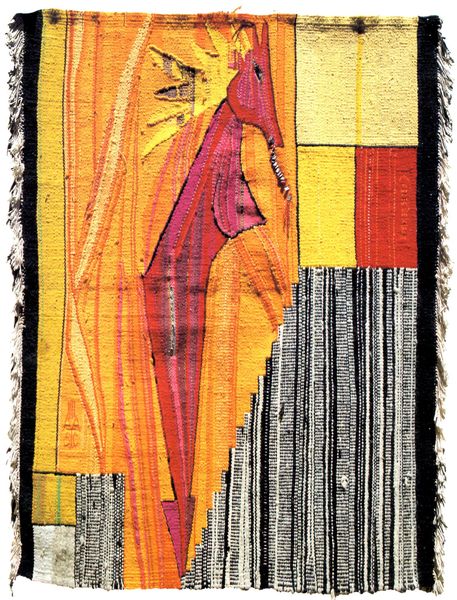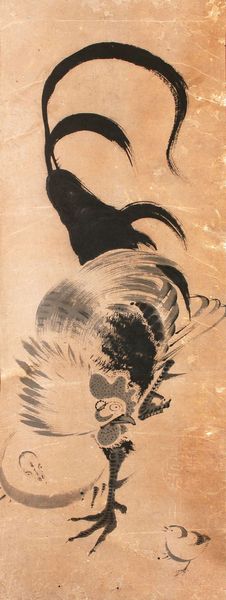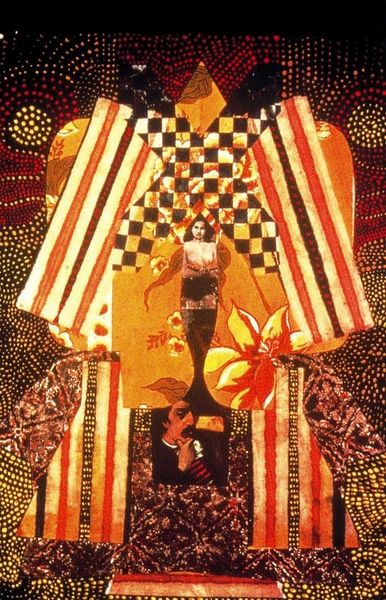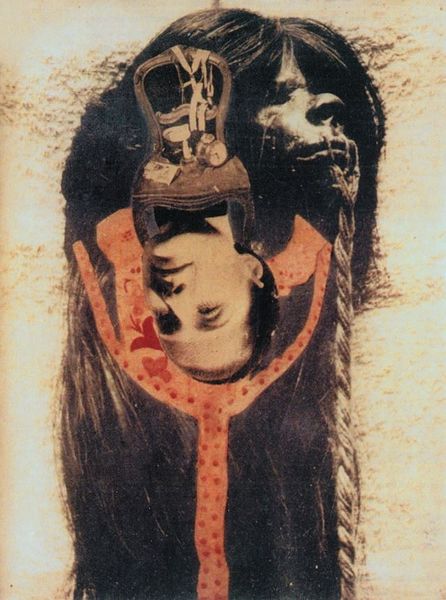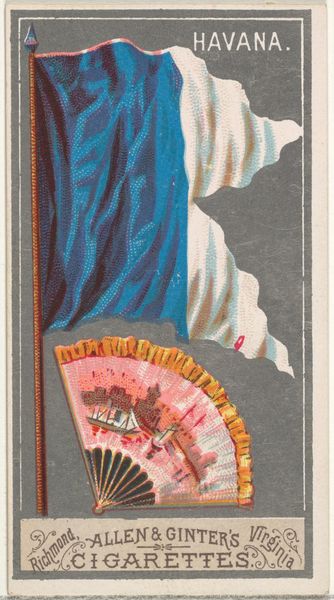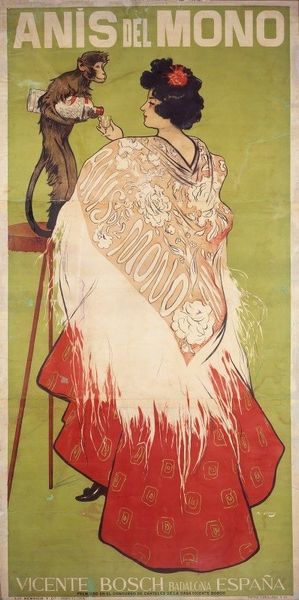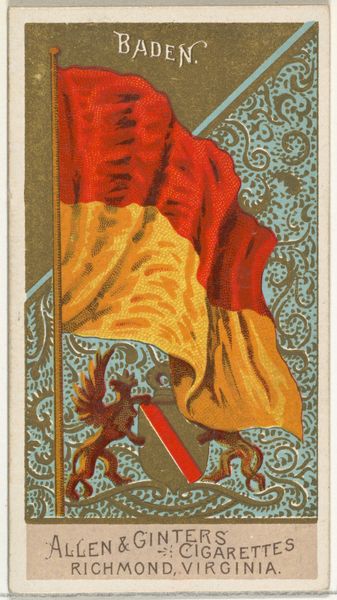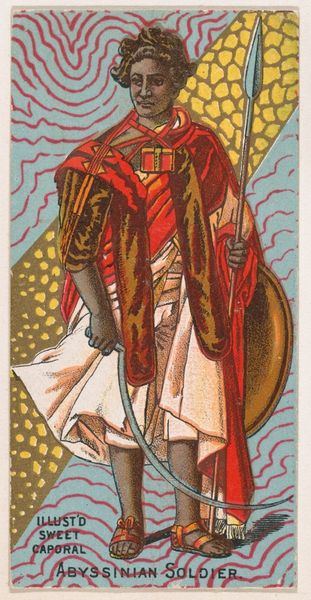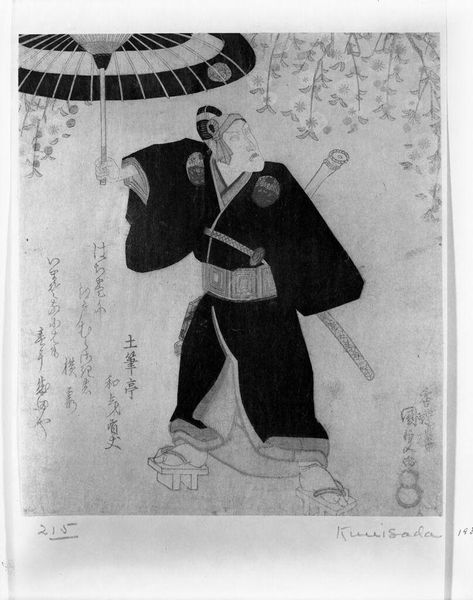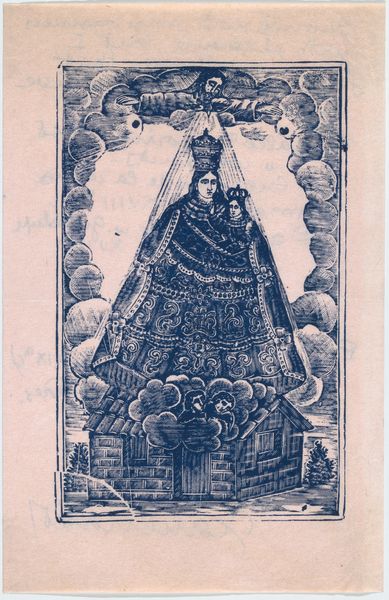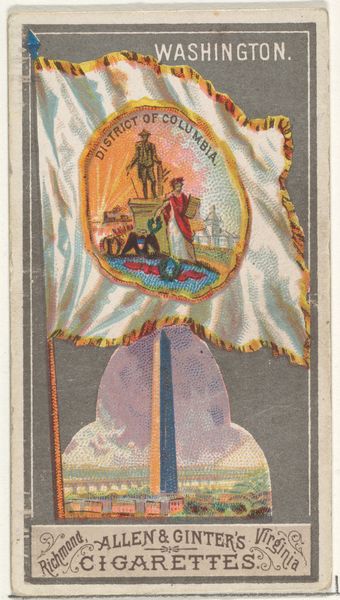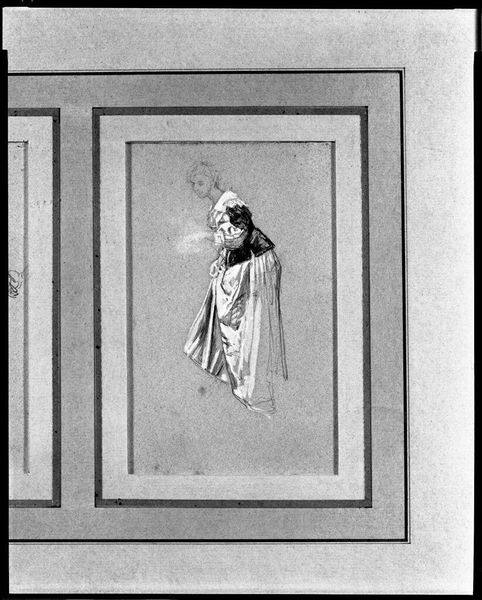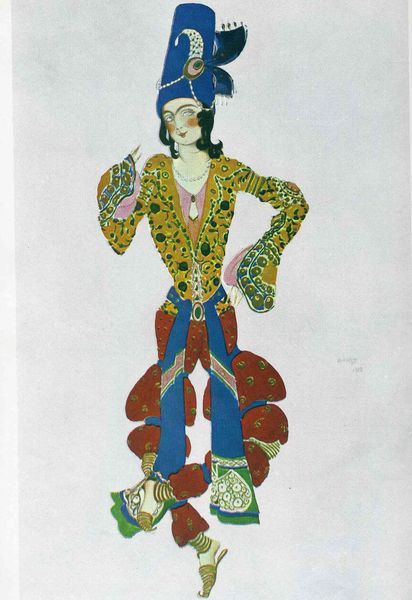
painting, watercolor
portrait
painting
fantasy-art
figuration
watercolor
symbolism
watercolour illustration
mixed media
Copyright: Public domain
Curator: Alright, so take a look at Harry Clarke's watercolour and mixed media piece, "The Year's at the Spring," completed in 1920. What leaps out at you? Editor: Ooh, it has a slightly spectral feeling for me. She looms like some ethereal being floating above a greyed landscape. Like a fever dream in pale colours. Is she benevolent, or… not so much? Curator: Well, Clarke was known for his rather dark symbolism, and I think here it's really intriguing. The woman enthroned seems almost to be carried by, or perhaps she’s consuming, all these faces. What could that symbolism represent do you think? Editor: To me, she looks like some strange deity gathering souls – look at that dark land underneath her! See all the crosses, all of the graveyards down below? The yellow solar aura also makes her look regal, untouchable. Perhaps the piece illustrates how certain times of the year see more loss? Curator: You know, his background was heavily steeped in the Irish literary revival of the late 19th and early 20th centuries. The title itself "The Year's at the Spring," comes from a poem by Robert Browning which uses imagery of rebirth. I would suggest, though, this painting twists that optimistic viewpoint. The maiden represents the cyclical, potentially suffocating aspect of life, supported and made of the human forms behind her. And of course, what you mentioned earlier, it feels ominous. The springtime comes with a cost perhaps? Editor: It does add another layer. It almost makes me consider her a symbolic Mother Earth or some similar kind of earthly deity that consumes, takes as much as it gives and nurtures life, in a never-ending circle. It gives us everything that we need, but there is also the grim cost we often choose to forget, like with all forms of energy. It's that sense of constant renewal and consumption, and maybe Clarke here illustrates how sometimes things just feel empty. Curator: Indeed. There's a duality, that's certainly something Clarke seems keen to evoke. It is unsettling and fascinating. A stark warning dressed up in those beautifully delicate watercolour washes, like all the fairytales he so exquisitely and frighteningly visualized. What do you take away from this symbolic view? Editor: It makes me ponder the complex beauty of life. How even in times of vibrant growth, the shadow of loss always lingers nearby and, maybe more so, feeds it, a quiet testament to life’s interconnected dance. Thanks, Clarke, for this morbid reminder of our shared fates, exquisitely rendered.
Comments
No comments
Be the first to comment and join the conversation on the ultimate creative platform.

